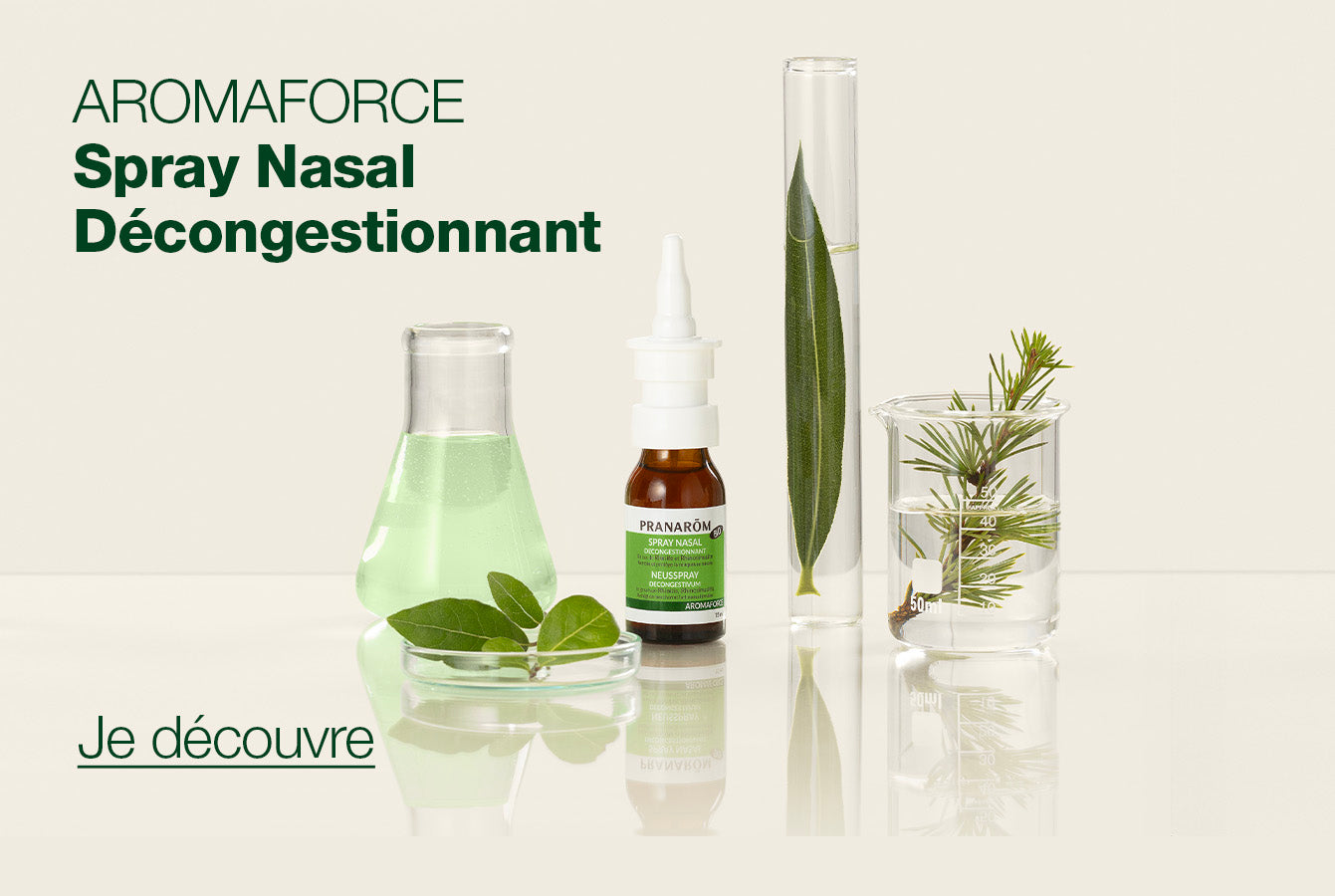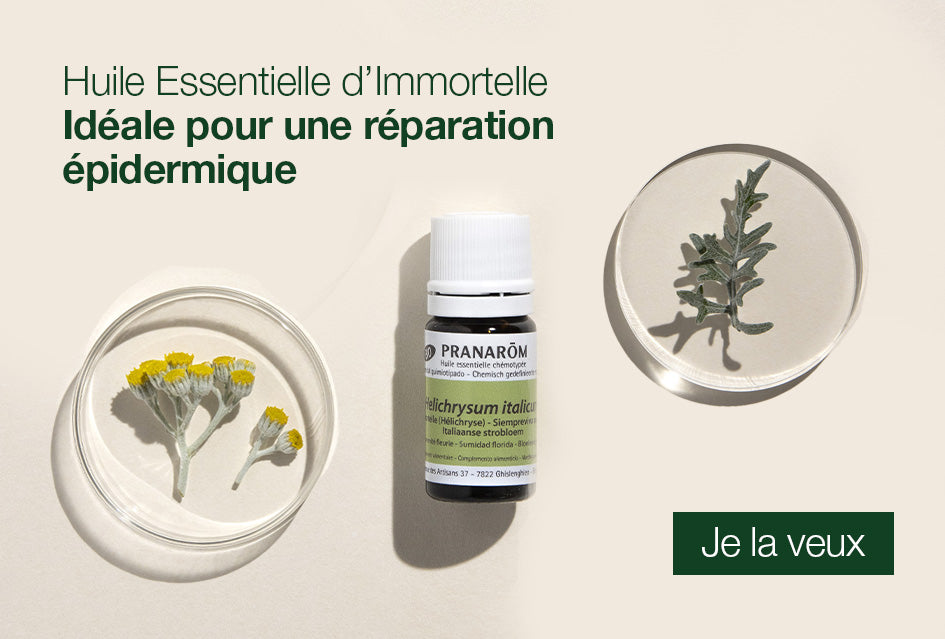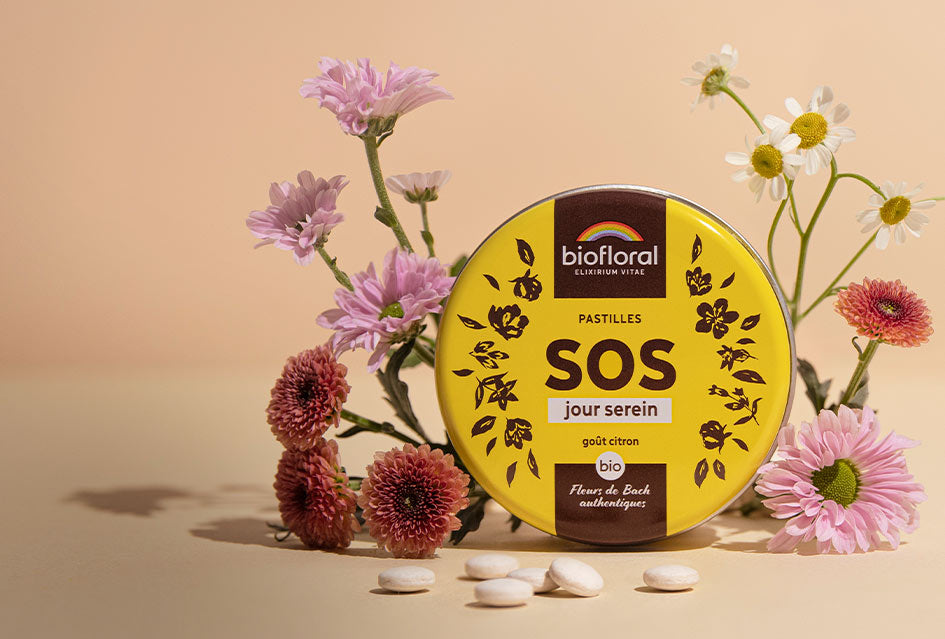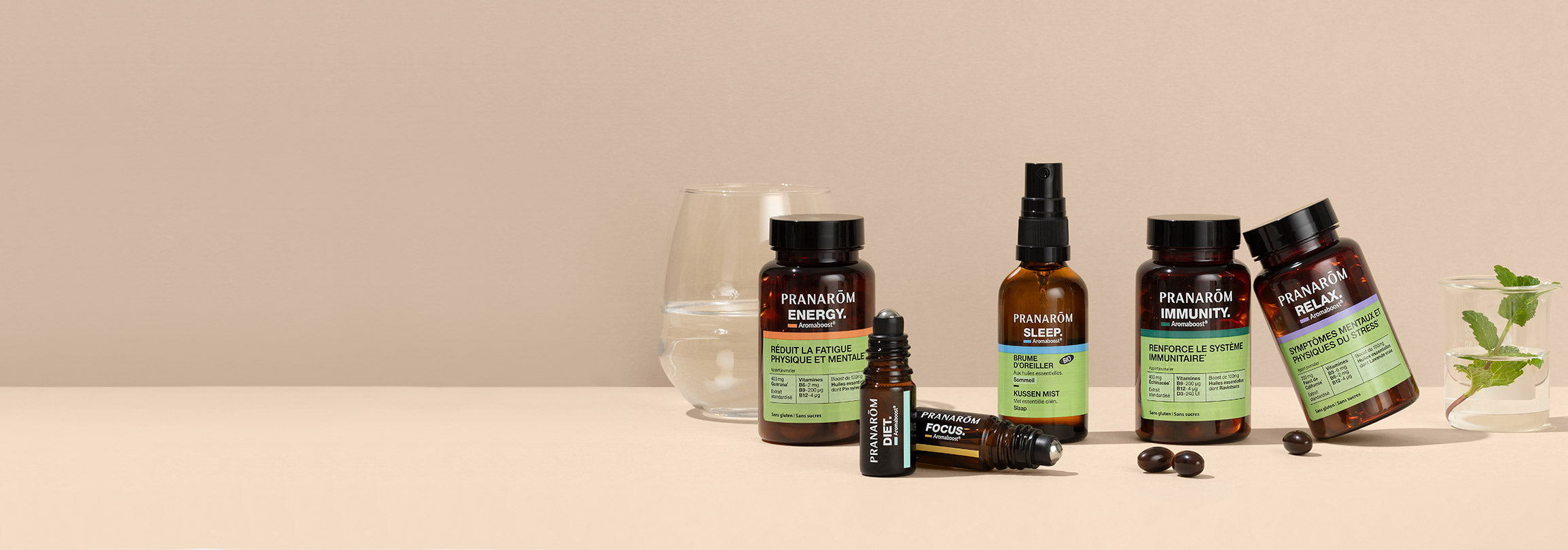Do It Yourself (DIY) will be very familiar to you, but you may not have tried it yet! Tout d’abord, « DIY » signifie littéralement « Faites-le-vous-même ». This well-known maxim has been in vogue for many years and can easily be extended to aromatherapy, because it is possible to make your own synergies of essential oils and vegetable oils. If you'd like to try your hand at home-made preparations, this article will give you some DIY basics.
Why create a synergy?



First of all, what is a synergy? A synergy is blending different essential oils and / or vegetable oils in order to strengthen the desired effect. These oils can also have different properties, thus allowing you to make a blend that acts on different levels. Yet, if they have the same properties, they can mutually strengthen each other to obtain the desired effect, as they will have different modes of action.
These synergies can be used in different ways (routes of administration):
- By the dermal route, which is the favoured method, which means massaged on the skin after having been diluted in vegetable oil. Hence, the need to know how to measure essential oils and vegetable oils.
- By the olfactory route, using an Aromastick inhaler, a diffuser or simply by breathing over a container.
- By the oral / sublingual route following the correct proportions and diluting in a neutral medium such as a neutral tablet, sugar, a spoon of vegetable oil, etc.
How do I determine the right measurement?
The proportion of essential oils depends on how they will be used. In fact, the level of dilution of an essential oil into a vegetable oil will vary according to their use. This means that the level of dilution will not be the same if you want to treat a cold or a fracture.
At Pranarôm, we take 1ml to be equal to 30 drops.

If you want, for example, to make a serum style treatment for hydrating your face and nourishing your skin (in the case of normal skin types), we would recommend diluting 1% essential oil in the treatment. So, with this example, we would dilute 1% essential oil of real lavender in 50ml of jojoba vegetable oil. (Go to the bottom of the page for the full measurements).*
For use on the skin, the dilution will vary according to the use and the target body part.The following dilutions are traditionally agreed:
- 1%: dermocosmetic action
- 3%: integumentary reparatory action: nasal, ear, vaginal solution
- 5%: action on the nervous system
- 7%: action on the circulatory, blood, lymphatic system
- 10%: action on the muscules, tendons, joints
- - holistic action for hypersensitive skin
- - solution for essential oils that are irritants (cinnamon)
- 15%: treatments for sport and competition
- 20%: holistic action for sensitive skins (babies) solution for dermocaustic (phenol) essential oils
- 30%: very powerful local action
How do I blend my synergy?
In a dropper bottle, a pump bottle, a pipette bottle, a spray bottle or a roller ball:
- Add the drops of essential oils, beginning with the smallest quantity.
- Always hold your bottle at a 45° angle so that the essential oils fall drop by drop and not continuously in order to count the number of drops more easily.
- Fill the bottle with vegetable oil up to where the bottle starts to narrow.
- Once the synergy is complete, close the bottle and shake to mix the blend well.
- Remember to write the name of the synergy on the bottle as well as the date when it was prepared
Find the nearest point of sale
On an inhaler stick:
- Remove the cotton wick from the inhaler stick.
- Carefully drop essential oil along the whole length of the cotton wick.
- Put the cotton wick back into the stick and secure it closed.
Does your stick not smell enough? Carefully remove the stick's base and add the required number of drops of oil again onto the cotton wick
How can I store my synergy?
Very sensitive to ultraviolet light that modifies their biochemical structure, essential oils should be kept in glass bottles (brown, green, blue). They are also very volatile, so progressively lose their effectiveness if they are not sealed in airtight bottles. Don't forget to close your bottle after use to preserve the richness of the molecules and therefore its effectiveness.
By following certain fundamental rules, an essential oil synergy can be kept for a year.
However, if the synergy is made of essential oils and vegetable oils, we advise using it within 6 months. In fact, the vegetable oils are more sensitive to oxidation, which means they need protecting from the air, light and heat.
In the mood for recycling?
Do you want to clean your bottles? It must be admitted that cleaning bottles used for essential and vegetable oils is no easy task, on the contrary! Essential oils are difficult to clean for various reasons: strong smells, their “greasiness”, and sometimes they leave behind a colour.
Here are some tips.
- Fill a bowl with very hot water (over 70°C).
- Add washing up liquid to the water.
- Leave the bottles to soak for 2 hours or more.
- Then rinse each bottle in clean water.
Often, at this stage: this is not enough.
We have only completed the first stage! - Use (quite a small) bottle brush and scrub! + Several drops of washing up liquid.
Do not skip this step, it will make a real difference. - Rinse again using clean water.
- Leave the bottle to air dry, upside-down.
Usual precautions for essential oils.
Essential oils are made up of very powerful aromatic molecules and it is therefore important to follow instructions, measurements and precautions for use, in order to avoid any risk. Here are several usual precautions to which you can refer:
- It is not advisable to use essential oils if you are not experienced. Always dilute in a medium:
- vegetable oil, shea butter, cosmetic cream, pharmaceutical speciality, shower gel, shampoo, or other medium.
- honey, sugar, syrup, yoghurt, bread crumb, neutral capsule without lactose, or any other medium. - Do not apply or swallow essential oils or essences containing coumarins (=andgt; citruses) before going out in the sun (photo sensitising).
- In the event of allergic ground, carry out a skin test first, in the elbow crease. Wait 10-15 minutes to check if you have an adverse reaction or not.
- To use essential oils on babies, children, pregnant women and breast-feeding women, it is essential to check with a pharmacist or a doctor beforehand, in order to act safely.
*In this example, we want to dilute 1% essential oil in 50ml vegetable oil. In fact, I simply want to create a moisturising and nourishing treatment for my face, which has no apparent skin problems. I therefore chose the 1% essential oil dosage.
1/ Let's calculate the dose of essential oils in ml:
- 1% of 50ml = 0.5ml essential oil.
- Therefore, we need 0.5ml of essential oil in 49.5ml (=50-0.5) of vegetable oil.
- Fill up to the base of the spout.
2/ Now let's do the conversion between ml and the number of drops:
- 1ml = around 30 drops of essential oil.
- Rule of three to determine the number of drops of essential oil: (30*0.5)/1= 15 drops.
So, we need to add 15 drops of essential oil in 49.5ml of vegetable oil.












